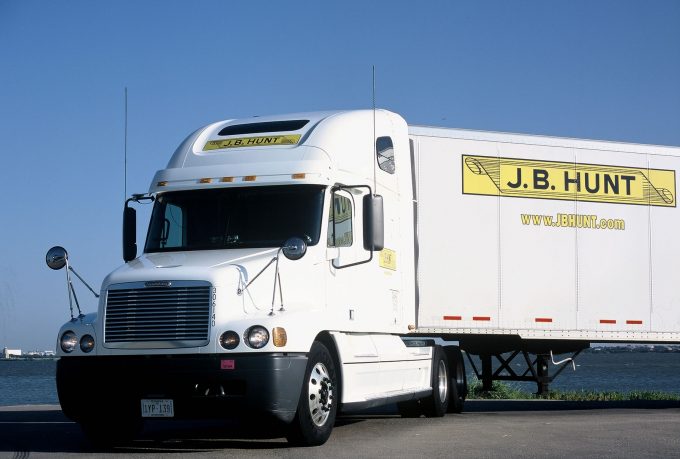APMM floats along on 'solid' Q1 profitability in Ocean, well prepared for choppy water
Despite President Trump’s claim this week that Yemen’s Houthi rebels had “surrendered to the US” ...

JB Hunt is widely recognised in North America as one of the best-managed freight companies in the region – proved, once again, in the preliminary fourth-quarter and annual results the US trucking and brokerage firm released last week.
The details can be found at the link above, ...

Comment on this article